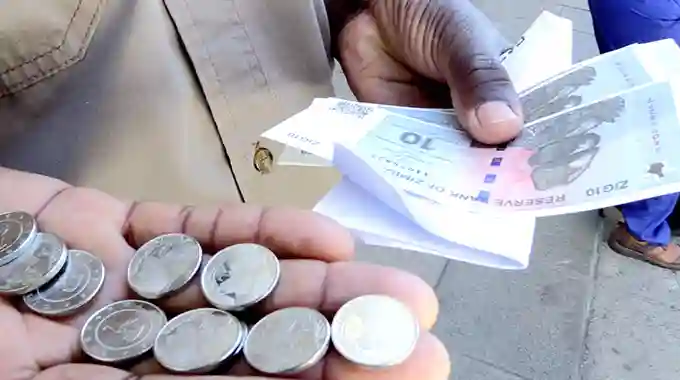Zimbabwe’s currency woes persist as retailers continue to implement a three-tier pricing system for products, that is, three different prices for the same product based on the payment method.
The local currency, the ZiG, was introduced on April 5, 2024, and initially performed well, but its value declined significantly after four months due to widening parallel market rates.
In September, the Reserve Bank of Zimbabwe intervened by devaluing the currency by 43% and increasing interest rates to curb speculative borrowing.
However, a recent survey by NewZimbabwe.com revealed that many retailers in Harare’s Central Business District are still facing challenges with the local currency.
Retailers demand exclusive US$ prices for certain products while maintaining the three-tier pricing strategy based on the payment method.
Some retail outlets continue to limit the number of products that can be paid for in ZWG currency, complicating local currency purchases.
The local currency has undergone six name changes but has yet to achieve stability, confidence, trust, or sustainability.
Its previous iterations include the original currency post-independence, that is, the Zimbabwe dollar, then later bearers’ cheques, traveller’s cheques, bond notes, RTGS dollars, and now ZiG.
Launched on April 5, ZiG is already experiencing a similar trajectory toward collapse and freefall just five months later.
More: Pindula News

